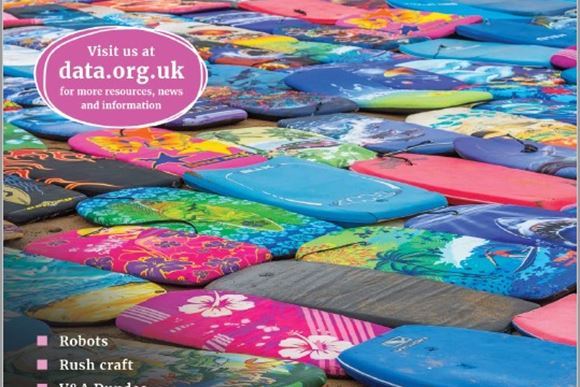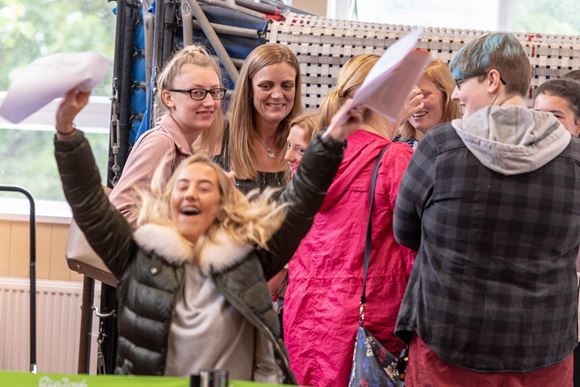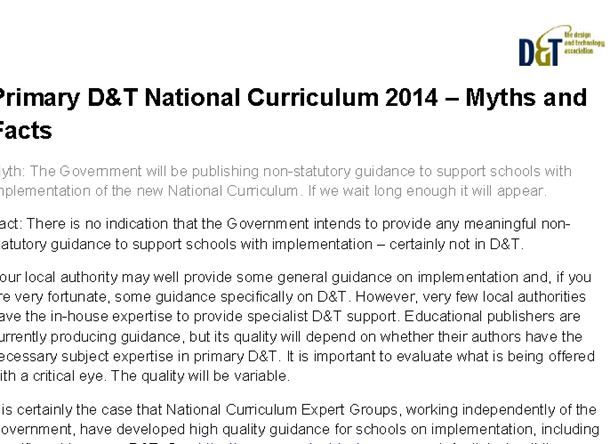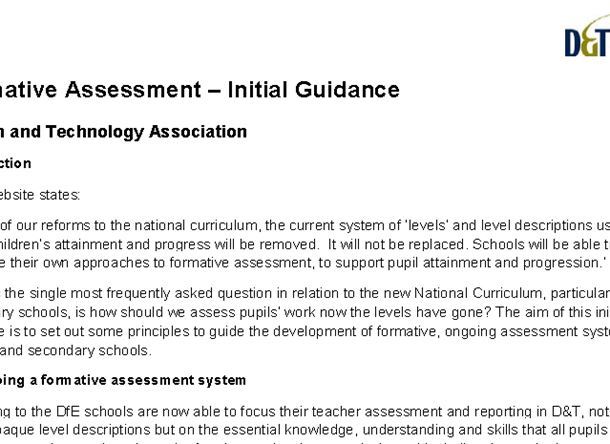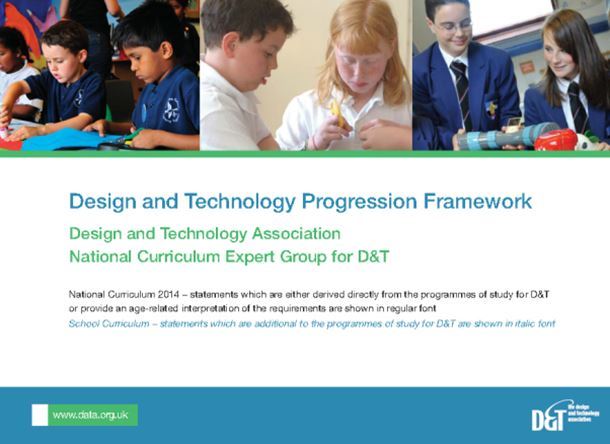GCSE 2019-20 Contextual Challenges Published
Published 3rd June 2019
Written by: Andy Mitchell
Andy Mitchell reflects on the publication of the new GCSE Contextual Challenges that comprise 50% of the mark in the recently introduced Design and Technology GCSE.
It’s been interesting to read the next batch of GCSE Contextual Challenges published this week by the Awarding Organisations (AO). The 1st of June has now become a much-anticipated and key date in the D&T annual calendar of events. I’ve been delighted by many of the responses on social media, from teachers clearly getting to grips with the new challenge resulting from the 2015 GCSE Reform process. Many have previously indicated how well their first cohort have responded this year. For sure there is a ‘bedding in’ process to work its way through, but there are signs that from Awarding Organisations (AOs), schools, teachers and students, progress is being made in getting it right.
It has also been interesting to see the range of reactions as colleagues consider each AOs list of three from which students must choose one to address. They have been making comparisons between each and reflecting on how they think their students will respond. Some comments even extend to wishing they were with a different AO, whilst others have gone even further and point out potential briefs their students might distil from further analysis. Of course, (and it has been pointed out by several already), this is for their students to do and not the teacher. There is however all to be gained by teachers in professional contexts, such as closed social media groups, putting themselves in the position of their students and speculating on what represents an infinite number of possible briefs to address. In the absence of other regular face-to-face forums for related professional discussion to take place, this could provide considerable support to teachers with varying degrees of experience, in understanding the precise nature of what is intended and what constitutes legitimate action in the classroom. In other words, does not contravene examination regulations.
What must not happen as others have rightly pointed out, is that this professional activity is transferred directly to the classroom. A big part of what is being assessed here, is not just the creativity of responding to an identified need but the creative act itself, that leads to identifying the need in the first place: being able to explore a context in a skilled way and as a consequence, identify opportunities for design and technology activity. It would seriously contravene regulations if uninformed teachers were to create the briefs for students.
Quite understandably, many will be expressing concern as the success of their students in this process, will be used to judge not just their ability, but will also quite rightly, reflect on the teaching which has led to their responses. And by association, perceptions of the teacher/s responsible.
As I have often said, access to sufficient high quality support, advice and professional development that we could have reasonably expected to accompany the new GCSE has been woefully inadequate. There is a lot of work to do to ensure we have the whole D&T teaching workforce on board, understanding and believing in the subject and its public assessment. What is required now compared to that of the legacy specifications is different.
We know that at KS3, most schools have held back from really taking on board several key aspects of D&T defined in the KS3 National Curriculum PoS. Most pertinently:
identify and solve their own design problems and understand how to reformulate problems given to them;
• use research and exploration, such as the study of different cultures, to identify and understand user needs.
It follows that schools that HAVE been addressing this fundamental requirement with their students part of the time, (as opposed to always presenting set briefs), will be less intimidated by the exercise. One of the good things about the new GCSE is that it is forcing us to reflect on and revisit what we are charged with doing earlier on in the curriculum.
In terms of these latest GCSE contextual challenges, I have to admit to being mildly pleased with what the AOs have done. There are a few anomalies but overall, it is clear that they aimed to create contexts that provide desirable open-ended responses, with the likelihood of students demonstrating innovation, in the way we know they can. But this will only follow if the expectations made of them are reinforced by what we are presenting and expecting earlier on in their school experience. This extends to quality of thinking, presentation and manufacturing
It seems to me that in their choice of three, each AO has been inclusive in terms of ensuring accessibility to most students. For example, taking OCR as an example, those students living in a rural environment might well seek to address the ‘Countryside’ context, whilst those in inner cities, might feel closer to the issues associated with ‘Travel disruption’. (Of course there is no reason at all why anyone should not address any one of the options.) Similarly, in the case of Edexcel, whereas the context of 'Hotels' might be beyond the experience of many students in some schools, the alternatives of: 'Supermarkets' and teaching and learning in 'Primary schools' most definitely are not, so may present as more accessible.
I have to confess to be slightly confused as to why WJEC have presented their three in the way they have – particularly that entitled ‘New product launch’. This goes on to provide detail relating to the use of smart materials. It seems to me that any remaining uncertainty regarding the difference between the term ‘product’ and ‘prototype’ is reinforced here! In the first we have: produce a ‘concept/prototype, in the second we have ‘Design and make a […] product' and in the third the emphasis is on ‘redefining’. Exactly what this refers to and how any redefinition should be manifest is unclear. What should be unequivocal, is that whichever the choice, it must result in the production of some sort of manufactured prototype!
That said, when we get beyond any possible confusion, WJEC have come up with areas that collectively are varied, topical, point at new technologies, environmental issues and include one so esoteric in the form of ‘space’, pretty much anything could be addressed. In this respect they are to be congratulated.
For sure we will have learnt much from the 2018-19 experience and this will really help next year, the second time through.
comments powered by Disqus Back to Blog


